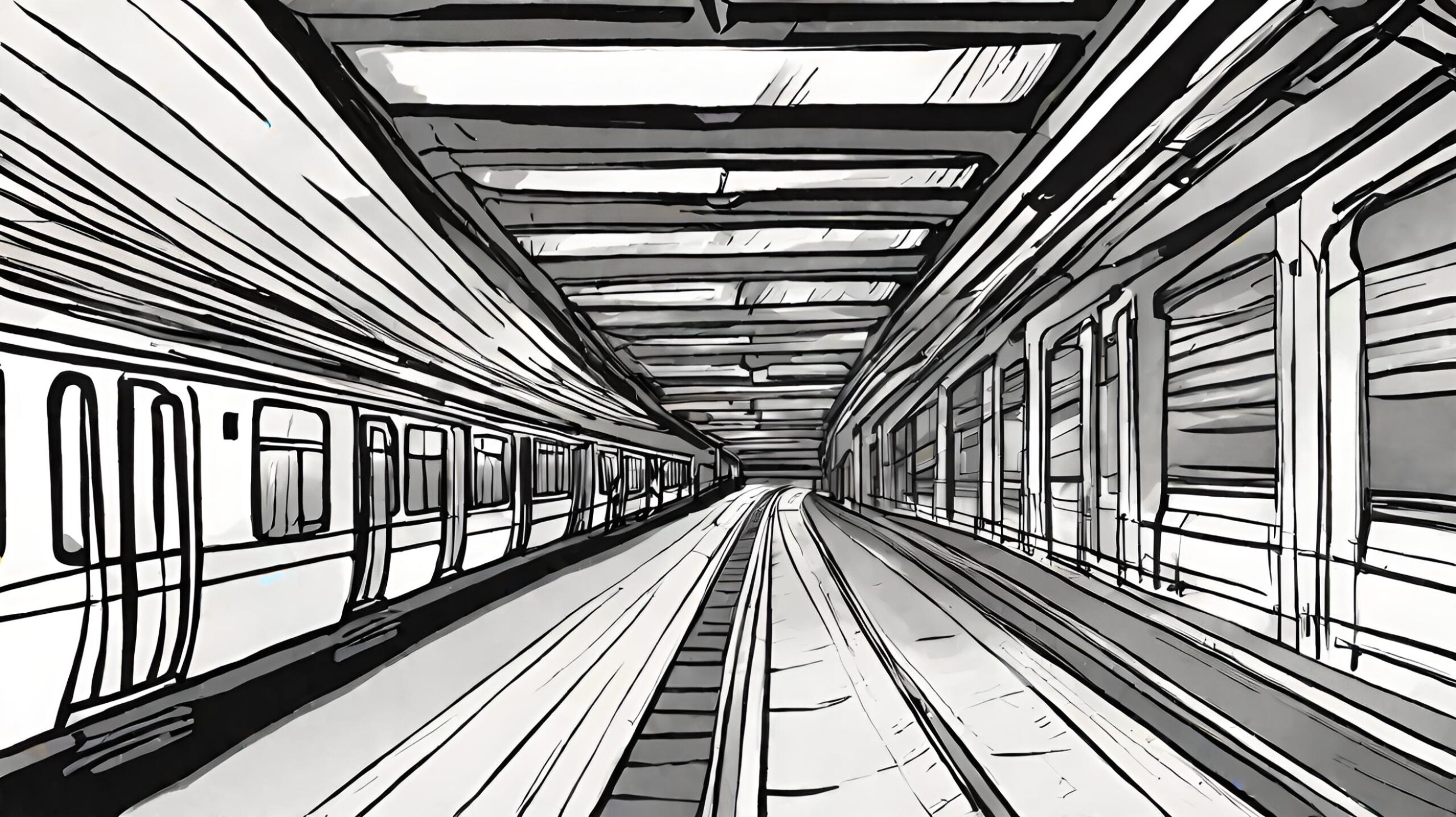Flashback to July 14
World History

On February 15, 1902, a significant event took place in Germany – the inauguration of the Underground Railway, also known as the U-Bahn. This event marked a milestone in the transportation history of Berlin and revolutionized the way people traveled within the city.
The U-Bahn, an abbreviation for Untergrundbahn in German, was the first underground railway system in Berlin. It was designed to alleviate the growing transportation issues caused by the city’s rapid urbanization and increase in population. The inaugural day of the U-Bahn witnessed a large crowd of locals and dignitaries eagerly waiting to experience this modern mode of transport.
The concept of an underground railway was not entirely new. Other cities, such as London and New York, had already established successful underground transit systems. However, Berlin joined the ranks of these forward-thinking cities with the inauguration of its own U-Bahn network.
The first U-Bahn line, named Line 1 or “Stammstrecke,” was inaugurated on February 15, 1902. It ran for a total distance of 10.1 kilometers, stretching from Warschauer Brücke in the east to Zoologischer Garten in the west. The line included a total of nine stations, carefully positioned to serve key areas of the city, including Potsdamer Platz, Friedrichstrasse, and Alexanderplatz.
The construction of the U-Bahn was no small feat. Engineers had to overcome various challenges, such as digging tunnels under existing structures, installing railway tracks, and establishing ventilation systems. The U-Bahn stations were also meticulously designed, combining functionality with architectural elegance.
The arrival of the U-Bahn marked a significant improvement in Berlin’s transportation system. Prior to the U-Bahn, Berlin relied primarily on horse-drawn carriages, trams, and steam-powered trains. These modes of transport were inefficient and often congested, making it difficult for the growing population to move around the city efficiently.
The U-Bahn offered a faster and more reliable alternative. Its electric-powered trains were not affected by traffic congestion or weather conditions, ensuring a timely and comfortable commute. This new mode of transport provided a much-needed boost to Berlin’s economy and allowed for the expansion of the city into previously inaccessible areas.
Over the years, the U-Bahn network expanded and evolved, accommodating a growing demand for public transportation. New lines were added, connecting more neighborhoods and suburbs, making it easier for people to travel across the city. Today, the Berlin U-Bahn is one of the most extensive metro systems in the world, consisting of ten lines and serving millions of passengers every day.
The U-Bahn, with its efficient and reliable transport system, has played a vital role in shaping the development of Berlin. It has facilitated urban growth, connected communities, and allowed for the efficient movement of people and goods. The U-Bahn’s impact on Berlin’s infrastructure cannot be overstated, and it continues to be a critical part of the city’s identity.
The inauguration of the Underground Railway or U-Bahn on February 15, 1902, was a significant event in Berlin’s history. It introduced a modern and efficient underground rail system, marking a milestone in the city’s transportation development. The U-Bahn has since become an integral part of Berlin’s identity, improving the lives of its residents and allowing the city to flourish.
We strive for accuracy. If you see something that doesn't look right, click here to contact us!
Sponsored Content

Storming of the Bastille
Experience the pivotal "Storming…

A meteor explodes over…
On July 14, 2006,…

Citizens of Paris, France,…
On July 14, 1789,…

Gleichschaltung: In Germany, all…
On 7/14/1933, Germany saw…

Tokyo Disneyland welcomes its…
On 7/14/2000, Tokyo Disneyland…

George Speight, the principal…
On July 14, 2000,…

